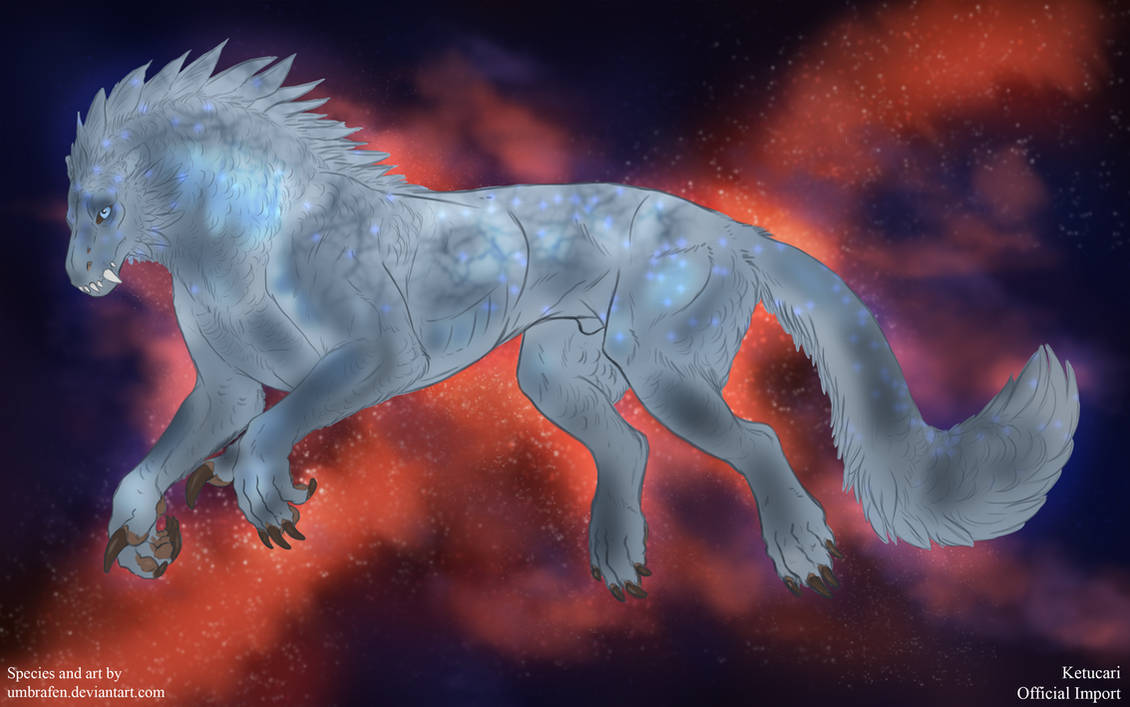Roan
Examples
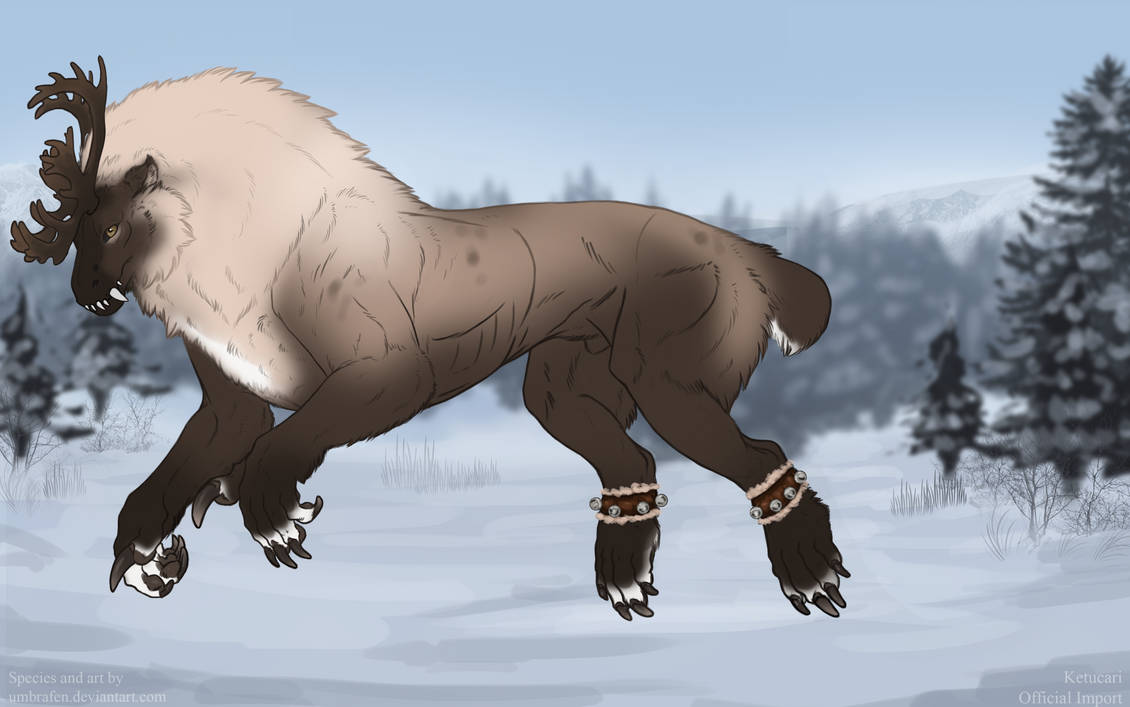
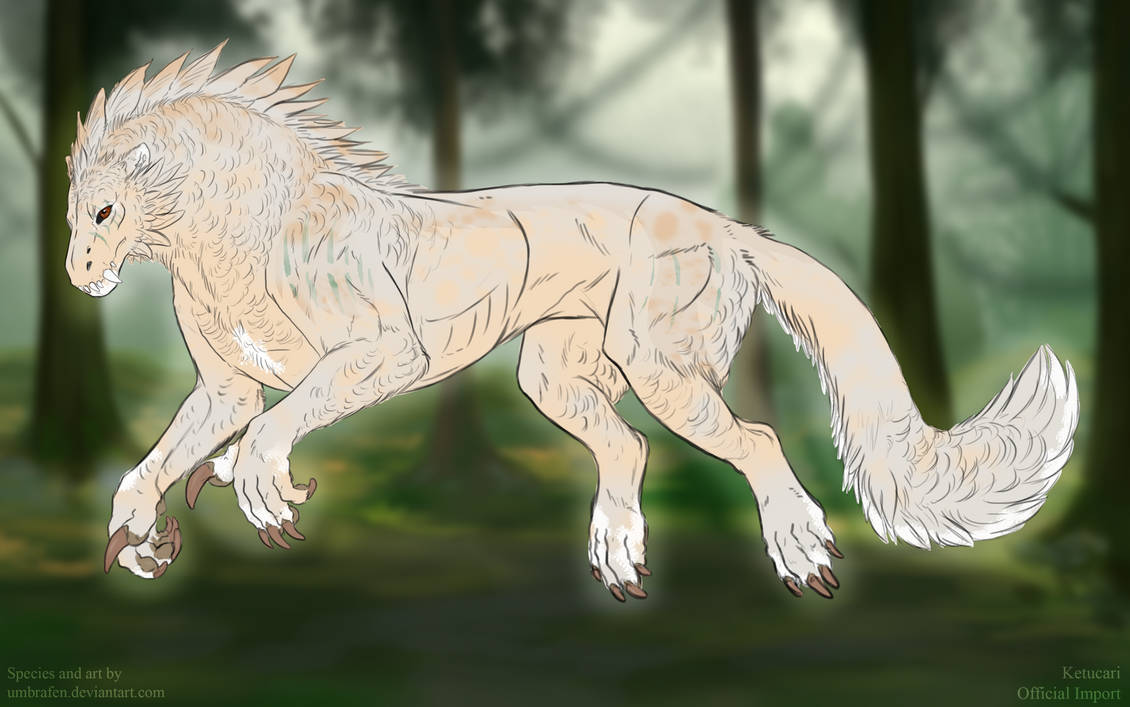
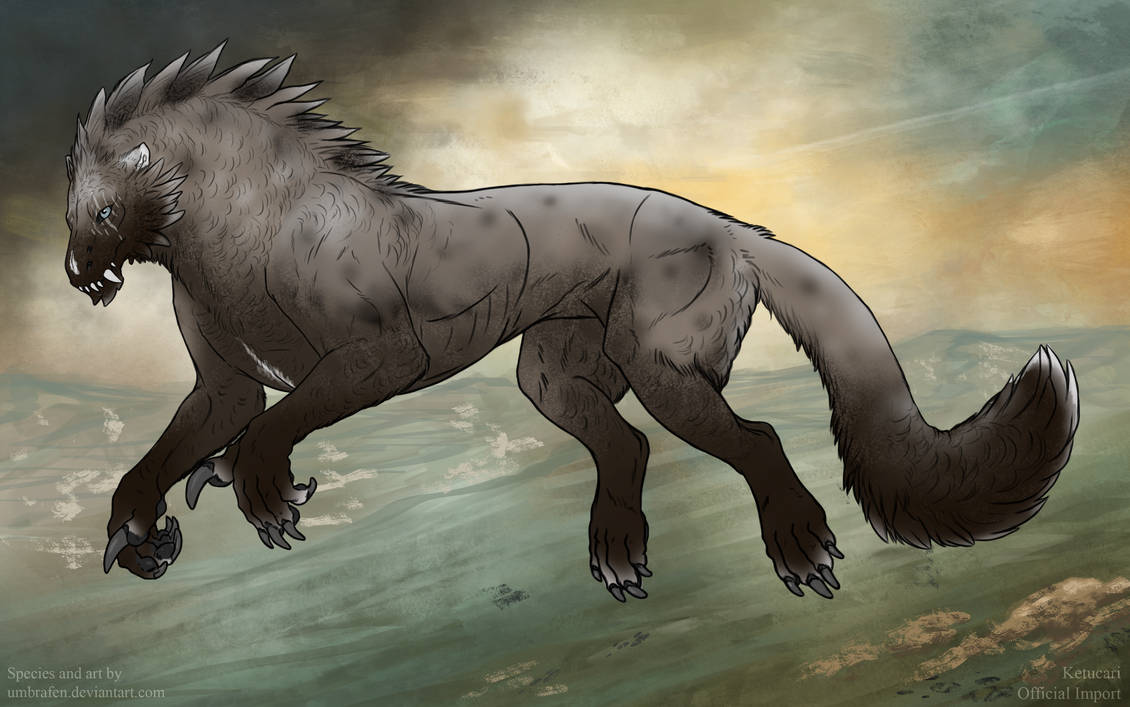
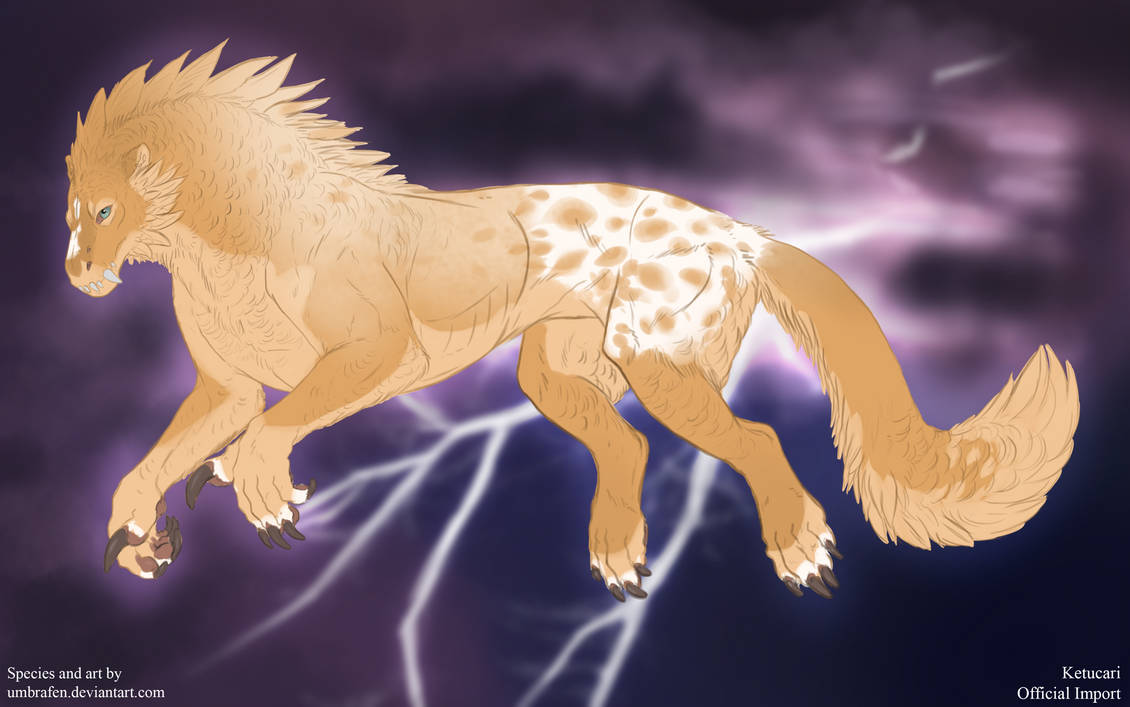
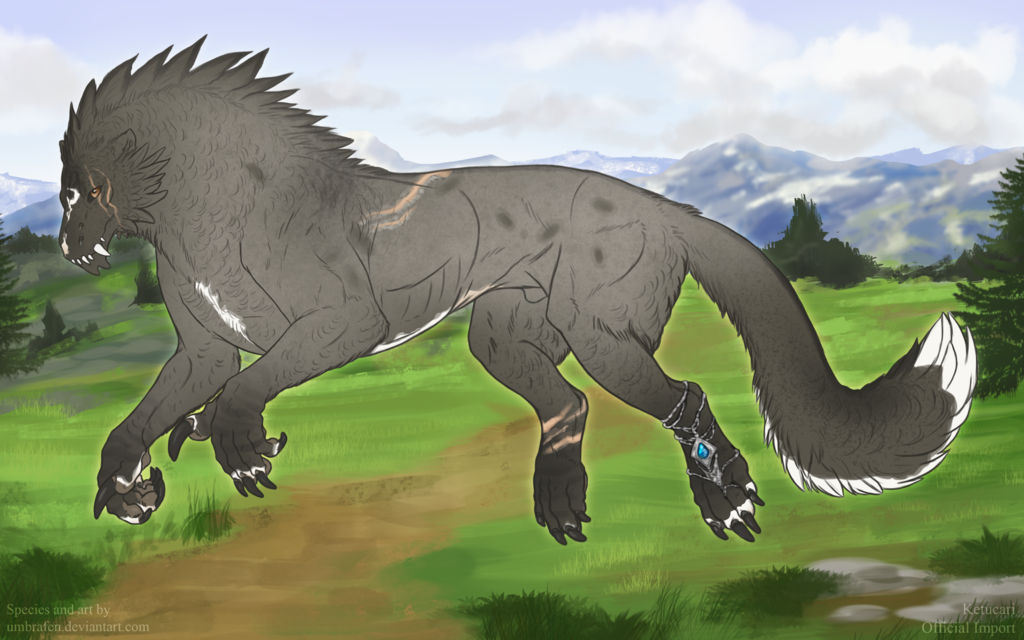
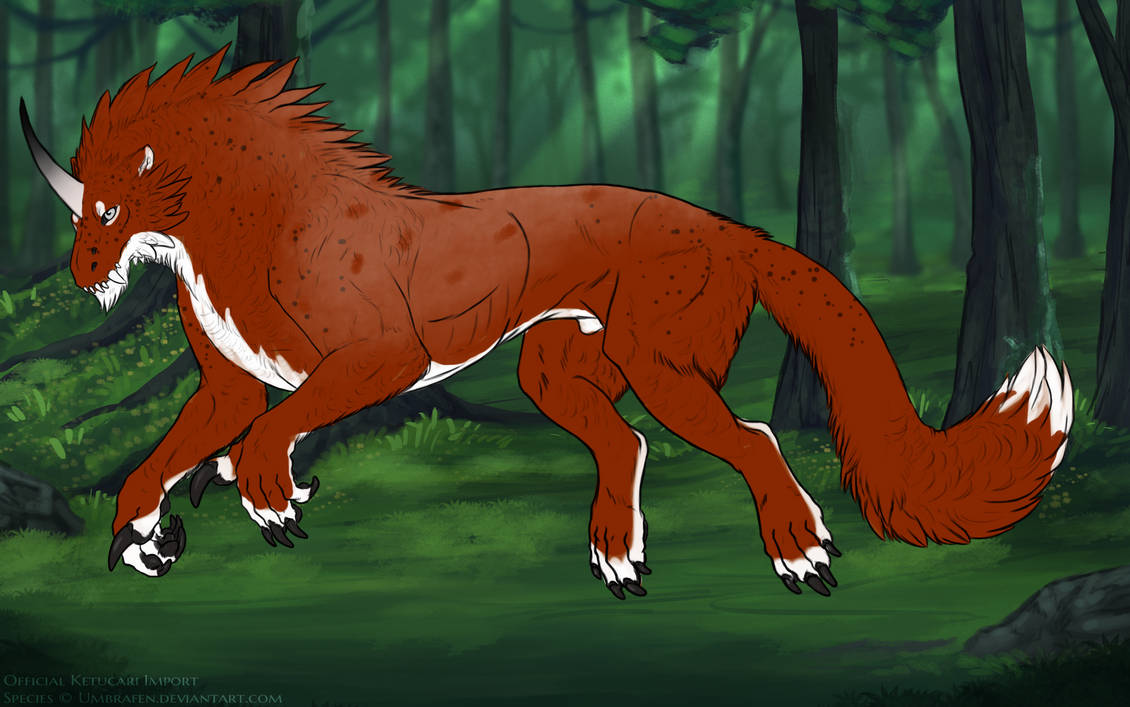
Real life examples:
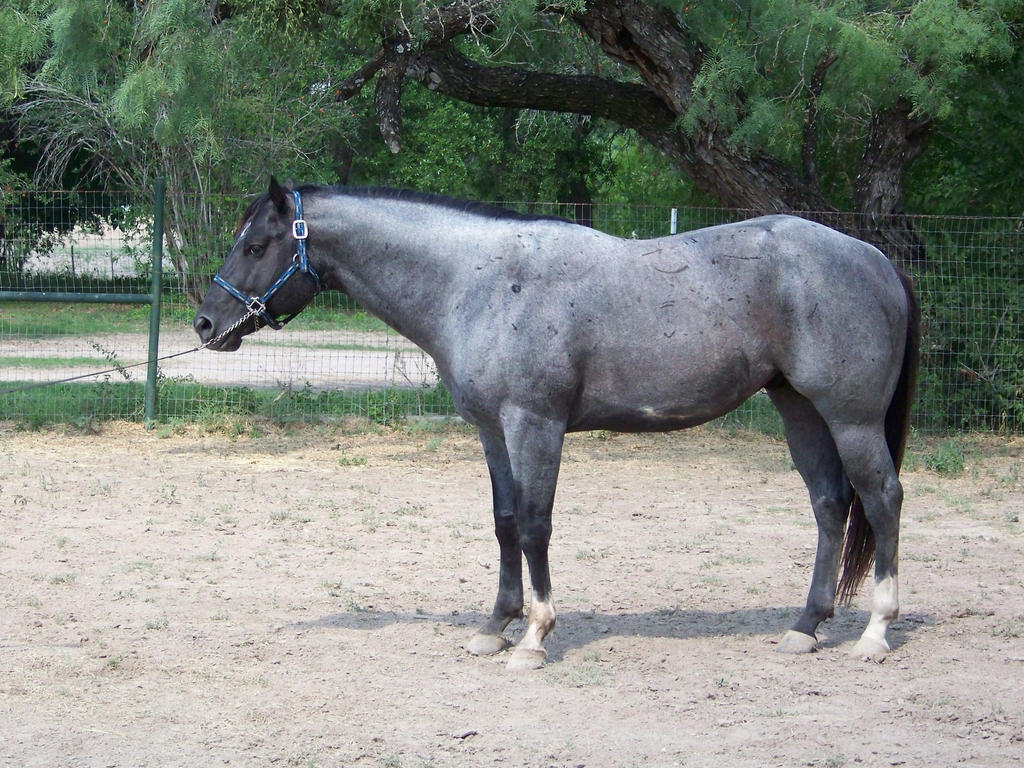
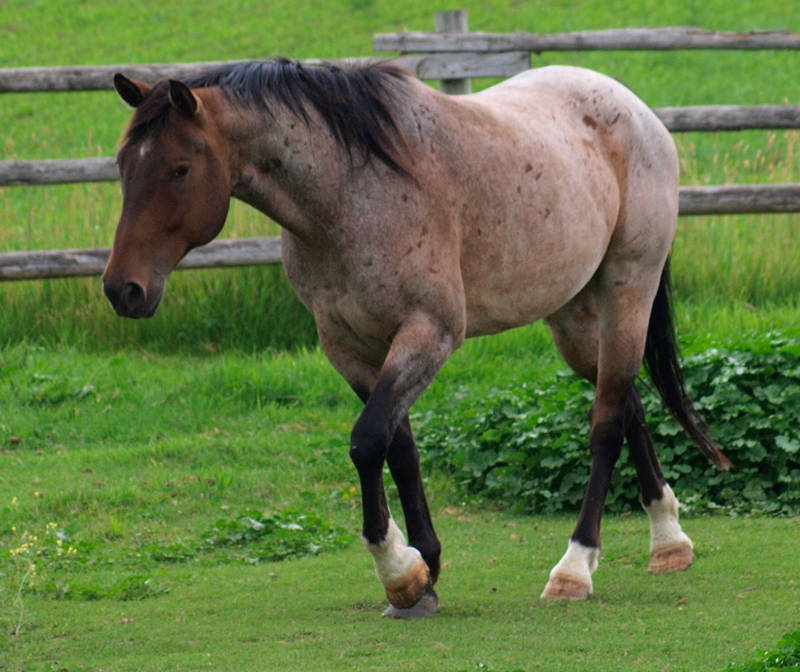
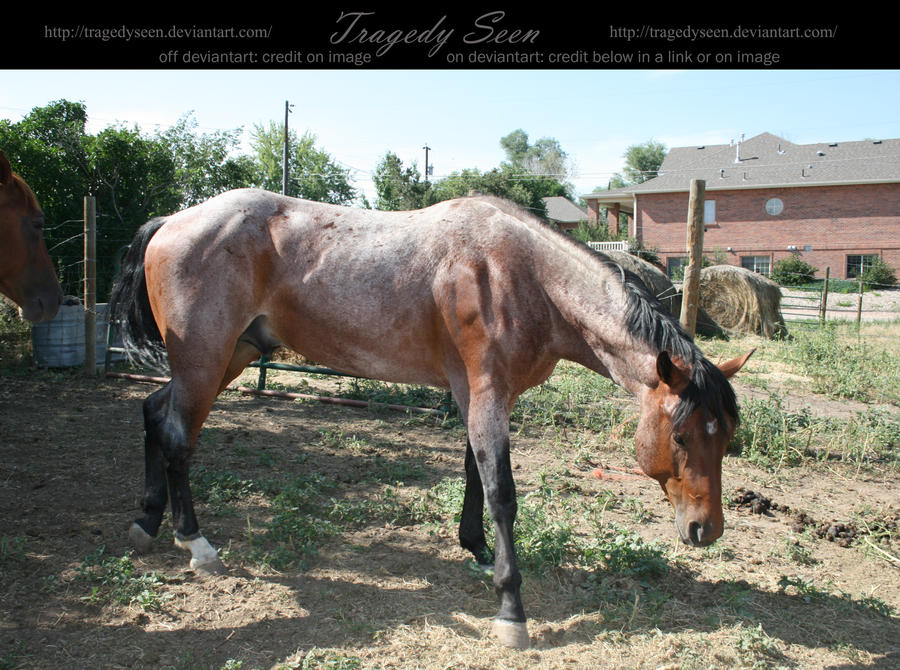
Basics
Color
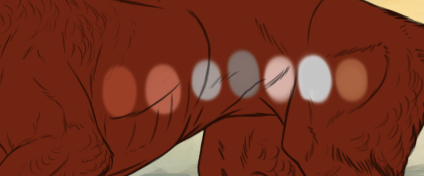
These colors would be acceptable for this base color. They are either a lighter version of the base, or a lighter and desaturated version of the base. The last color on the right shows a minor deviation in hue, and is slightly more yellow than the base itself. Notice that this small change is not overbearing.
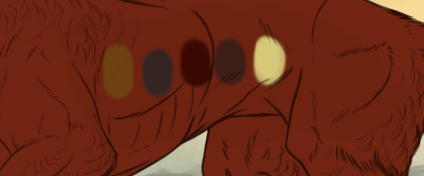
These colors would be unacceptable for roan. They are either darker than the base coat or have too drastic a hue shift.
Range
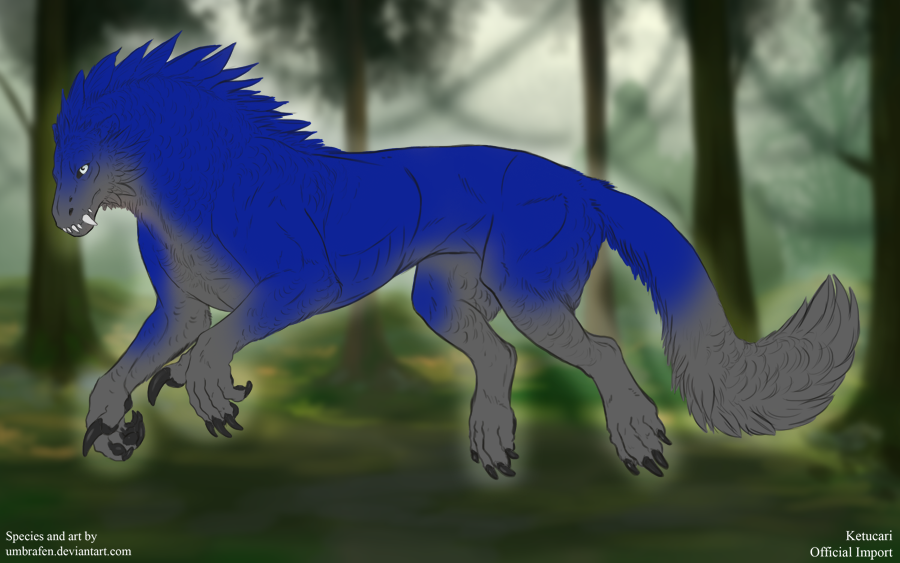 .
.Interaction with Other Markings
